
Dress Code For Men
The phrases "formal attire" and "semi-formal attire" are two of the most widely misunderstood ones in the world of Dress Code. When someone mentions "formal attire" to us, we generally draw a mental picture of expensive suits, silken ties, and heavy coats. Even if certain occasions demand this kind of dressing, everyone will agree that it's quite strict and excessive.
On the other hand, semi-formal attire might not sound like much ado about dressing. So, semi-formal attire is a loosely defined term, which includes a wide range of dresses starting from everyday wear at work place, business meeting, business party to any other meeting of such kind. So, in other words, it is event/occasion specific dress.
Further, the rules are rather well sketched-out and precise for men, as compared to those for women, where a lot of experimentation is still possible. Let's discuss what the industry Do's and Don'ts in this area −
Shirts
Many working professionals opt for solid colors while buying shirts. A solid color means one uniform color throughout the cloth, without any other color on it. The following image gives examples of solid colors −

While choosing shirts, do not opt for different shades of the same color. For example, if you are too fond of blue, then dont go for different shades of blue. Be flexible and choose shirts of different colors. Following are the colors preferred when it comes to choosing shirts for men − Charcoal Grey, Dark Brown, Dark Blue, Fawn, and White.

Solid Pastel Colors are Allowed
The colors mentioned in the color-montage are called pastel colors. Interestingly, some pastel colors wont look formal and may not be recommended as color choices for formal attire, once they get a darker shade.
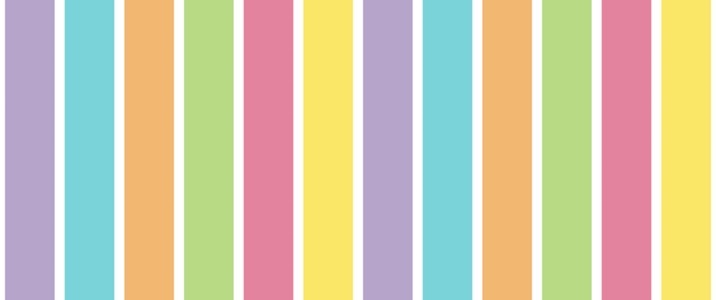
Vertical Pin-stripes are Allowed
Shirts with vertical pin-stripes (continuous/broken lines with the width of a pin running vertically through the shirt) can be worn to give some variety to the solid, uniform colors.
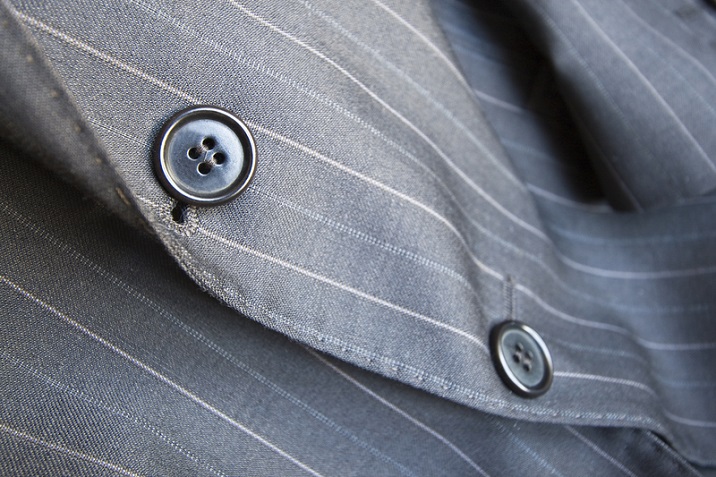
Full-sleeves Only
Wearing full sleeves not only gives a professional look, but also conceals hairy forearms and stops you from leaving sweat-patches caused due to placing your arms on the interviewers desk.
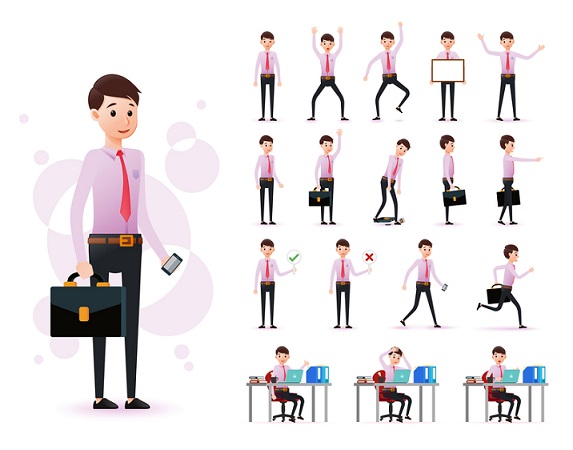
Appropriate Fit
Wearing very tight clothes accentuates your contours and gives off an unprofessional look. On the other hand, if you wear clothes that are too loose, then you would end up giving a bloated, uninterested look. Dressing clothes that fit you give a sharp and alert impression.
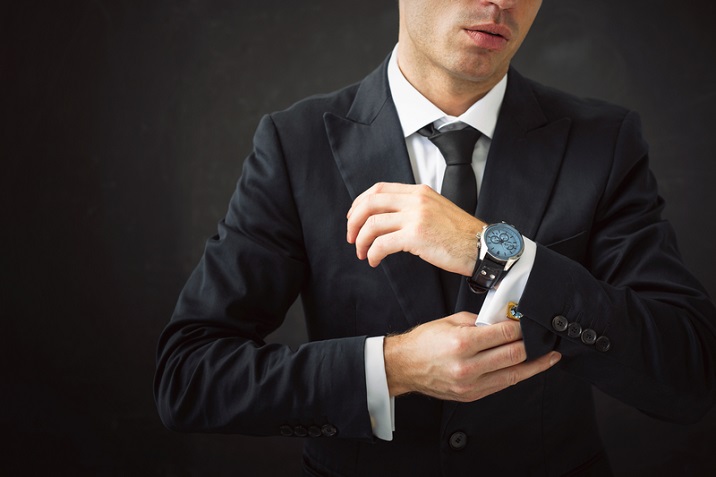
Trousers
Very light-colored trousers take the attention off than persons shirt. So when someone dressed up in a light-colored trouser, like white or peach, and speak in an interview or in any business meeting/conference, the attention of the interviewers/listeners distracted towards the trousers, which in turn, hinders eye-contact too. The colors that are considered the norm for trousers are − Dark Blue, Dark Brown, Black, and Dark Grey.
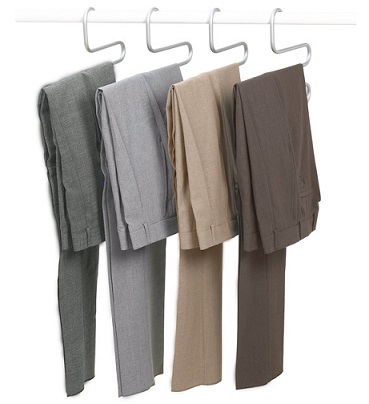
Trousers shouldn't Bunch up at the Ankles
Trousers that bunch up at the ankles are not only a nuisance, owing to their tendency to trip the person wearer while walking, but also gather dust and dirt which soil the trouser. In addition to all these, the bunching of trousers at the ankles resembles the Marine Corps uniforms.
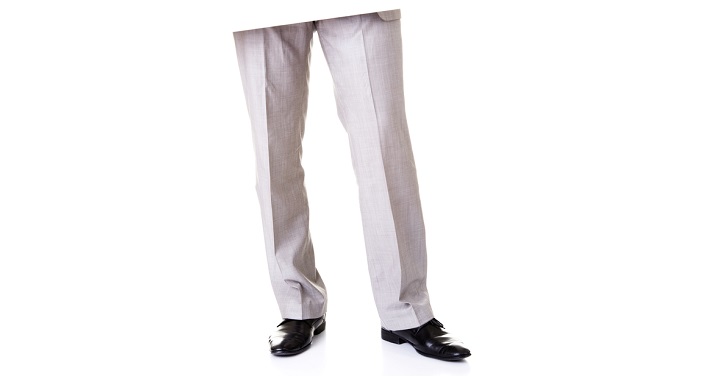
What to Avoid?
The definition of "formal clothes" has been redefined considerably. The strict dress code of yesteryears has given way to a much more relaxed and informal business attire. However, still there is a huge importance put on the proper sense of dressing because people judge your attitude towards your work, work-place, co-workers, clients and others from the way you choose to dress. It sends a message about your level of professionalism about your job.
Of course, the rules regarding dress codes vary greatly from company to company. Most of the start-ups, studios, and software companies have no rules on attire. At the same time, there are many big companies that underline appropriate or inappropriate ways to present yourself at the office.
Let's discuss what one should avoid in an office environment.
Checks, Patterns, or Bold Stripes
Shirts with checks, patterns, and bold stripes are discouraged as they look distracting. Some checks and stripes hold special meaning in certain countries or political parties or national movements, hence its best to avoid the interviewer from thinking that you lean towards any specific party.
Half-sleeves or Short-sleeves
Half-shirts and short sleeves expose hairy forearms and also accentuate your muscles. If you are someone who perspires easily, you might leave sweat-patches on the interviewers desk when you place your elbows or arms on the table while solving problems or writing something.
Same Color Trousers as of the Shirt
Wearing trousers of the same color as the shirt gives an impression of being dressed-up in a uniform- more specifically, a military uniform. Try to avoid being dressed up that way; light-colored shorts with dark trousers are fine.
Prints or Stripes on Trousers
Pin-stripes on trousers is a distraction because it gives the visual impression of incomplete lines, especially when worn with a solid-colored shirt without pin-stripes. And, when it is worn with pin-stripe shirts, it gives the impression of continuous lines that run from the collar of the shirt to the ankles. Hence, they are best avoided.
Tapering Trousers
Tapering trousers create the same issues that those trousers that bunch at the ankles do. They restrict movement and prevent crossing of legs. The tapering gives an optical illusion that your body is triangular.
Jeans or Denims
Denims looks unprofessional, mainly because of its non-uniform color, which fades at some places and goes darker at some other places. In addition to that, jeans are heavy and that might cause sweating while waiting.